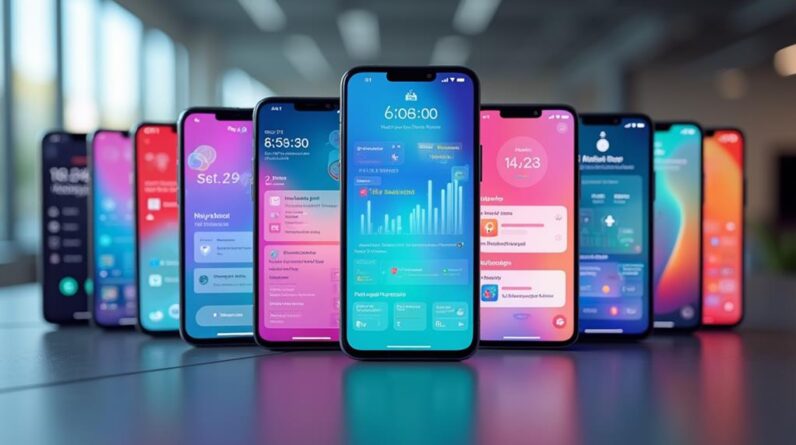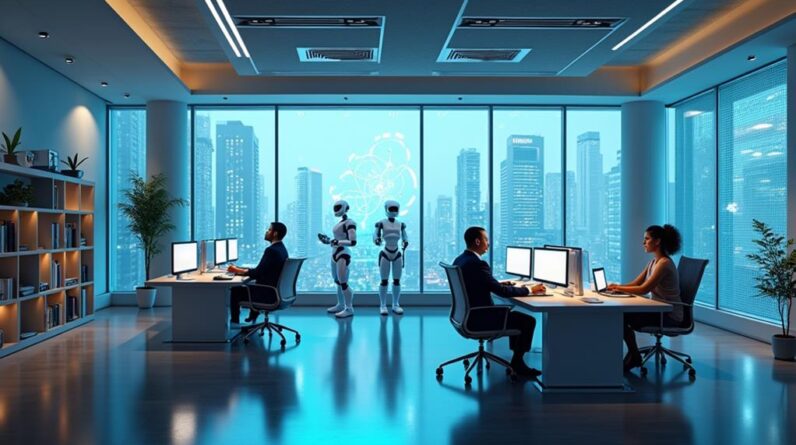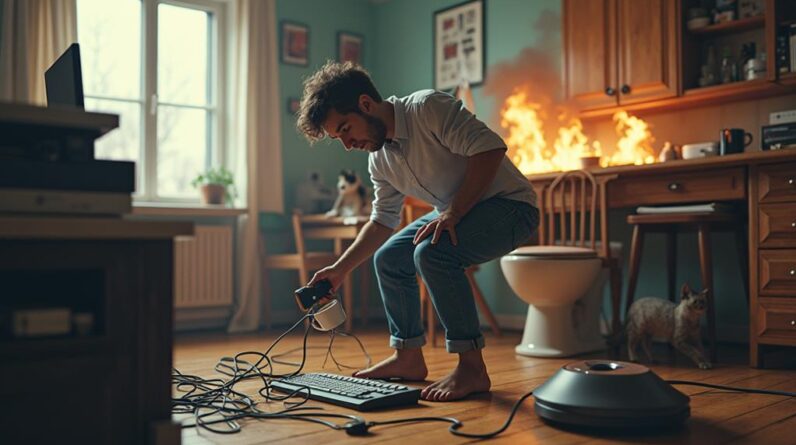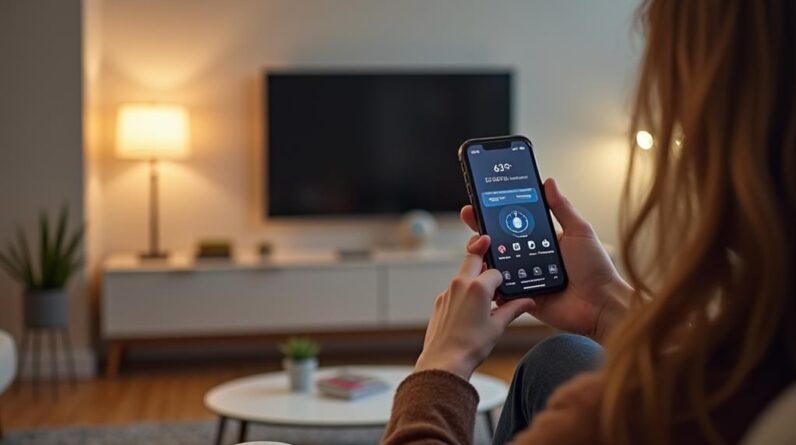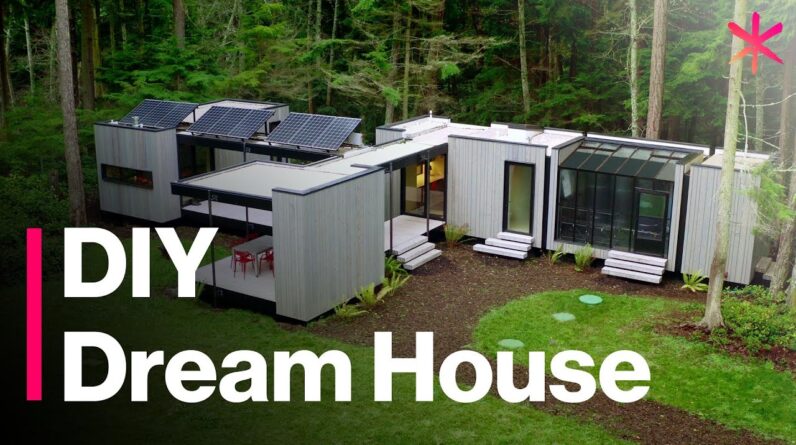
(upbeat music) – You probably don't realize it, but buildings account for
40% of our carbon emissions. But the technology
exists to make our homes carbon neutral or even carbon negative, like this house. – This building uses about 90% less energy than a typical building. – This isn't just an
energy efficient home, it represents a new way of building homes. A kit of parts that you assemble on site. This means that appealing,
sustainable homes could soon be faster to
build and more affordable than traditional construction. (upbeat music) – This is Don Bunnell, one
of the founders of NODE, a start up that is
making flat pack housing. – Why do we still build homes the way we did 100 years ago? Why does it take a year to build a house? It doesn't make any sense,
and this is fundamentally an engineering and
industrial design problem.
We're working on a flat pack system that is engineered to go together really quickly and really easily. – It's a bit like IKEA, where packing the components
of furniture into flat boxes, makes it massively easier to ship them, and you can assemble it on site. – We find that when we say IKEA, people think that's so cheap, and I always get into a fight building a bookcase with my partner. We find what other people say is IKEA works really well for us. But what if the home kit
were that easy to install? What if someone who could
install an IKEA kitchen could install a NODE house? – This building is a prototype for a carbon negative building, so it makes more renewable
energy than it consumes. – Buildings account for about
40% of carbon emissions, homes are about half of that. We really started the company around, how do we make buildings more sustainable? – Don wanted to make homes that were carbon neutral or negative.
He partnered with Bec Chapin to design energy efficient homes made from sustainable and non toxic materials. – This is kind of this snapshot into the very earliest of the NODE kit, we're using a recycled denim insulation instead of a fiberglass, as well as a rigid foam
wrap on the exterior, we have EcoBatts in the ceiling, all about 30% above code, we've seen the cost of construction rise. Don and I know that the only way that we're gonna get sustainable
homes to be the norm is if we can build it cheaper. So our prefab kit has to address cost. – One of the things we are doing is we're trying to make good
design accessible to folks. We figured out really early
on that it's not impactful if you can only make buildings for the 1%.

So if you make beautiful,
sustainable buildings, but it's only for rich people, well, that really doesn't
make a big impact, 'cause we really need to
adopt this on a mass scale. – We can put it in a
container, put it on a train, send it anywhere. Two people can unload the whole thing. Regular sized trucks,
no specialty permits, no specialty licenses. When you're not shipping air, you can ship more in smaller spaces, but then it all comes
down to the assembly. – Right now, a big part of what makes building homes expensive
and slow is labor. And there are labor shortages in the trades connected to housing. – The construction labor shortage has been forecasted for
a very, very long time.
Less people are going into trade schools and trades positions, more people going into computers and high-tech jobs and service jobs. In the great recession, we lost a huge chunk
of construction labor, people who left the pool
that never came back. And we haven't seen the numbers yet, but our new immigration policy in the US is absolutely hurting housing. Immigrants build houses, and
they're not around anymore. – One of the ways we get
buildings to folks at scale is to bring in a new
workforce to bear on housing. Our goal is to do it in under two weeks with just four people, that
totally changes the economics. – Housing is one of the
most basic human needs, and right now, we're not doing a good
enough job of addressing it. Homelessness is still a problem, in even the most prosperous countries. Could we make housing affordable enough to make it as accessible and ubiquitous as other manufactured goods? – I think the assumption's always been you can build really cheaply or you can build really sustainably, but you can't do both.
And our argument is you can actually have well-designed, beautiful,
sustainable homes that are affordable to everybody. We actually think that's a basic right. So can you house people and also do good things for
the planet at the same time? We think you can. – I think one of the things that we have in the US is enough, we have enough money,
we have enough smarts, do we have enough will to fix the problem? We can send space shuttles to space, can we get everyone indoors? – Thanks for watching. I hope you liked this video, please follow us on Facebook,
YouTube and Instagram so that we can continue
to share stories about people thinking differently
and changing the world..
As an Amazon Associate I earn from qualifying purchases.




